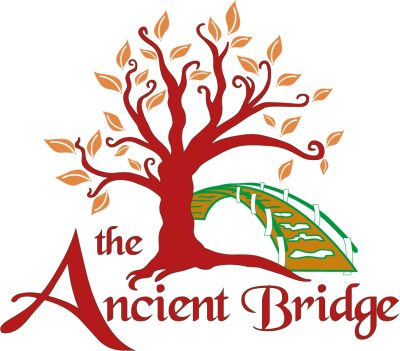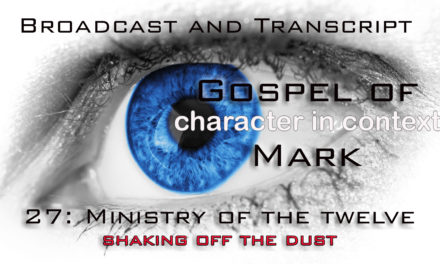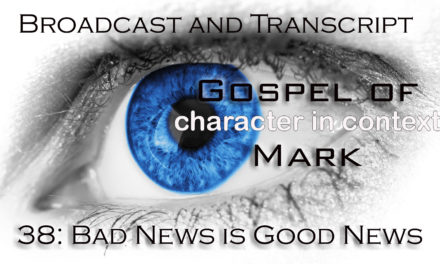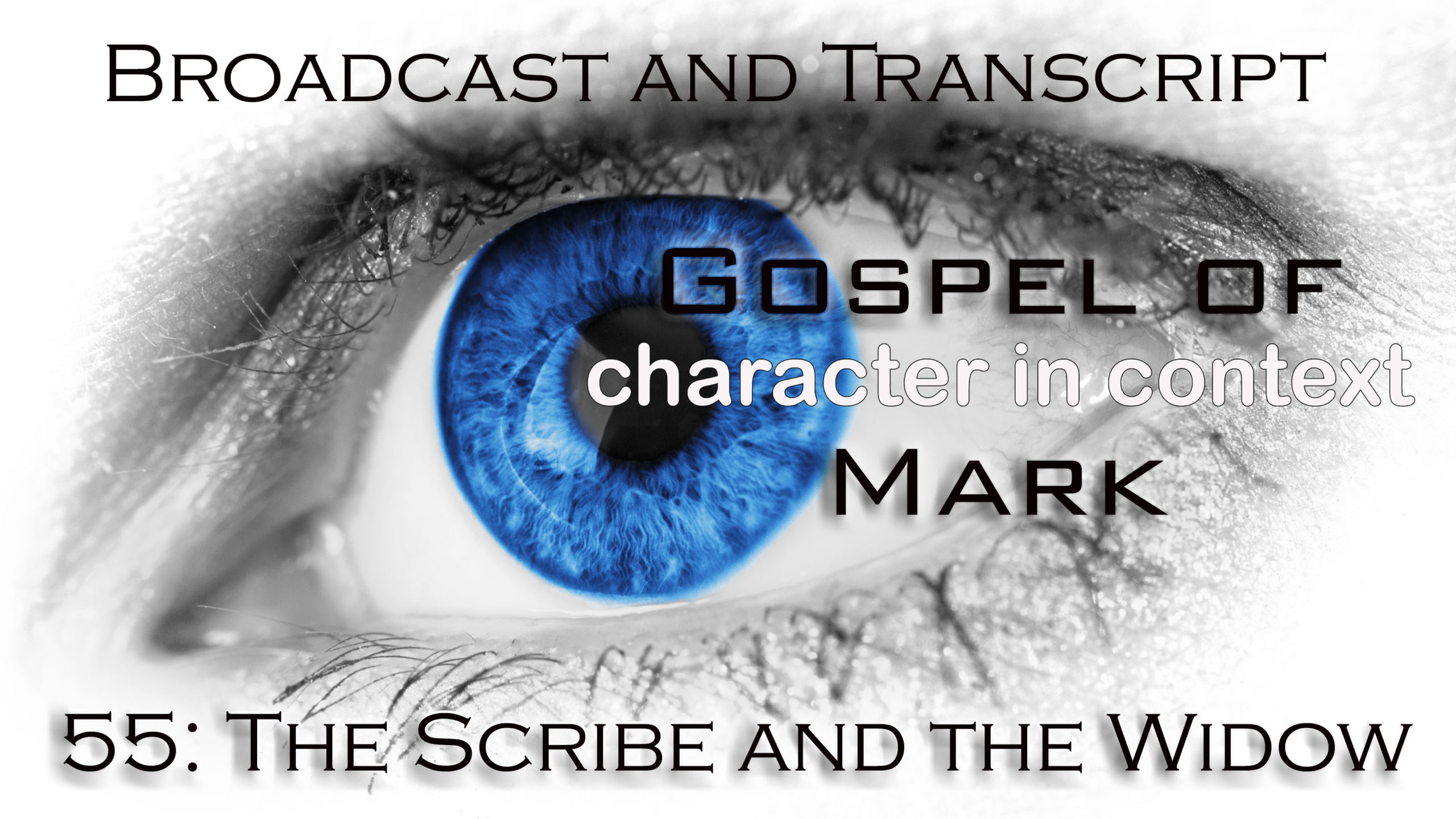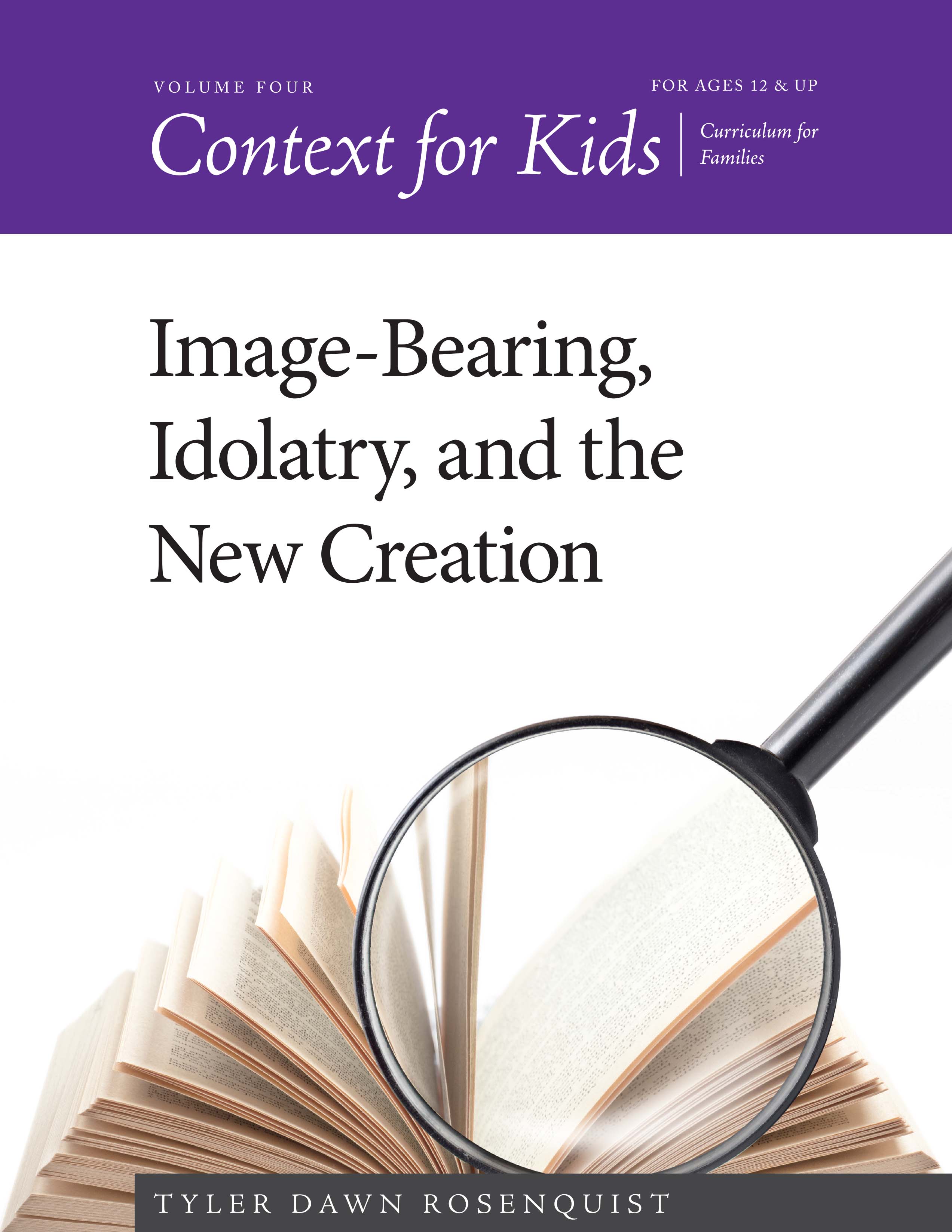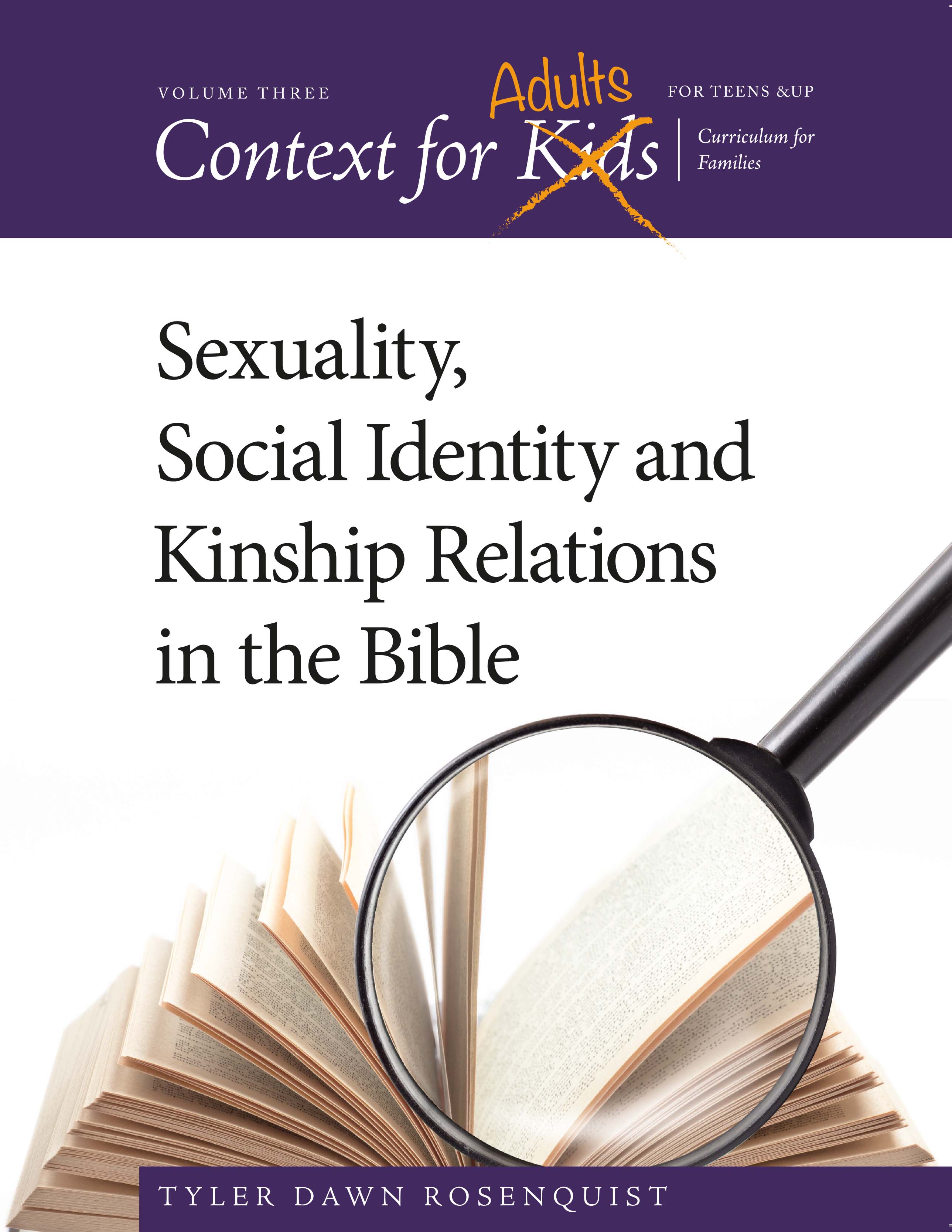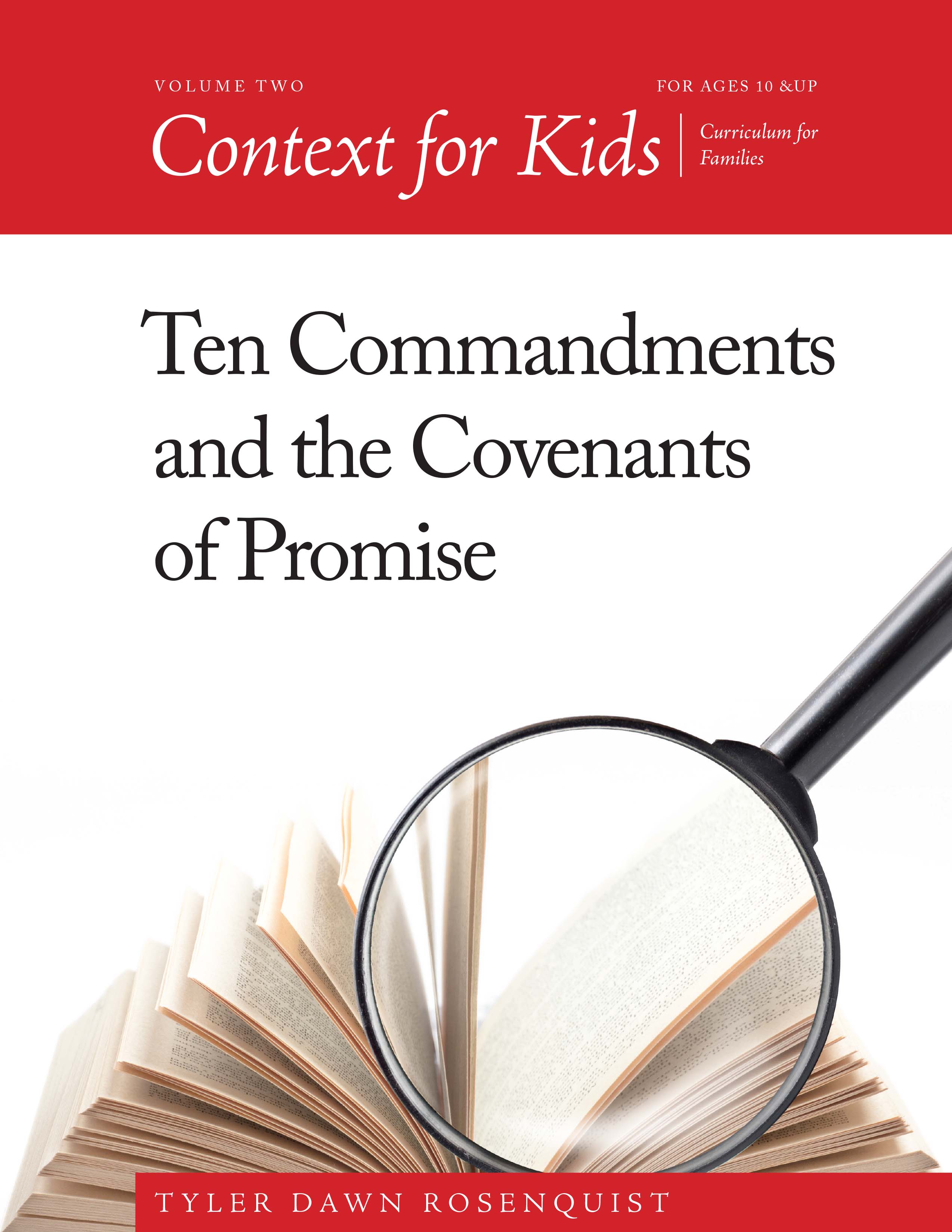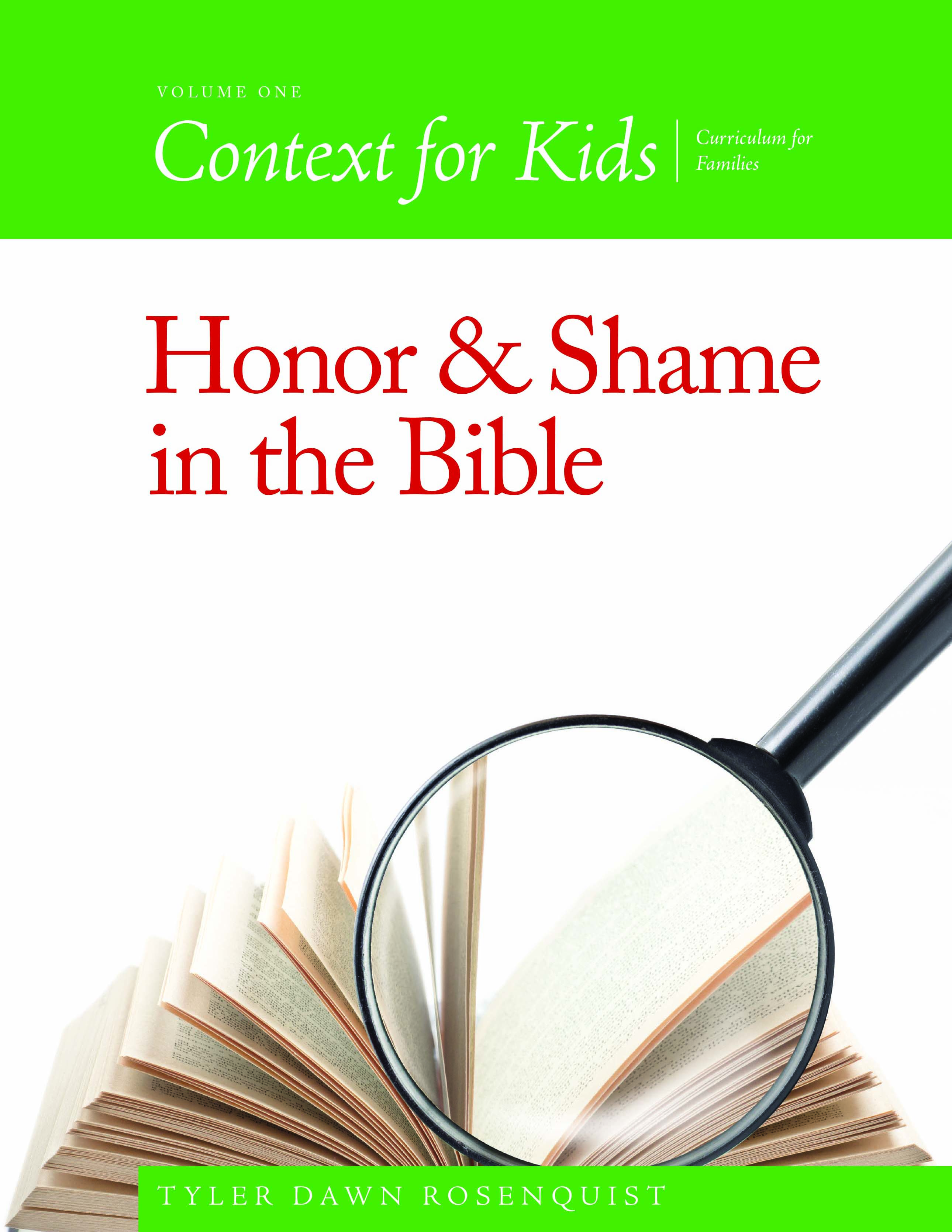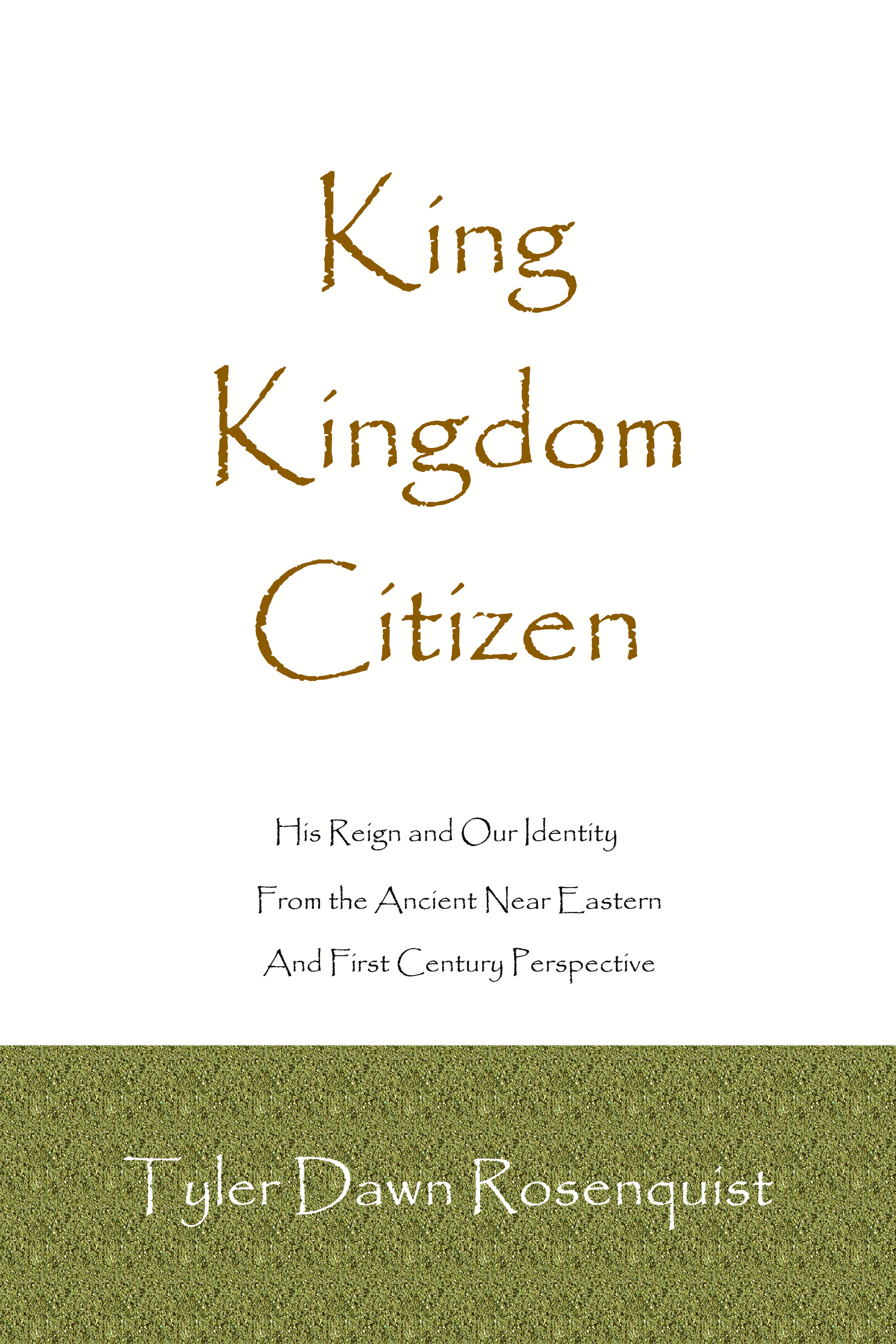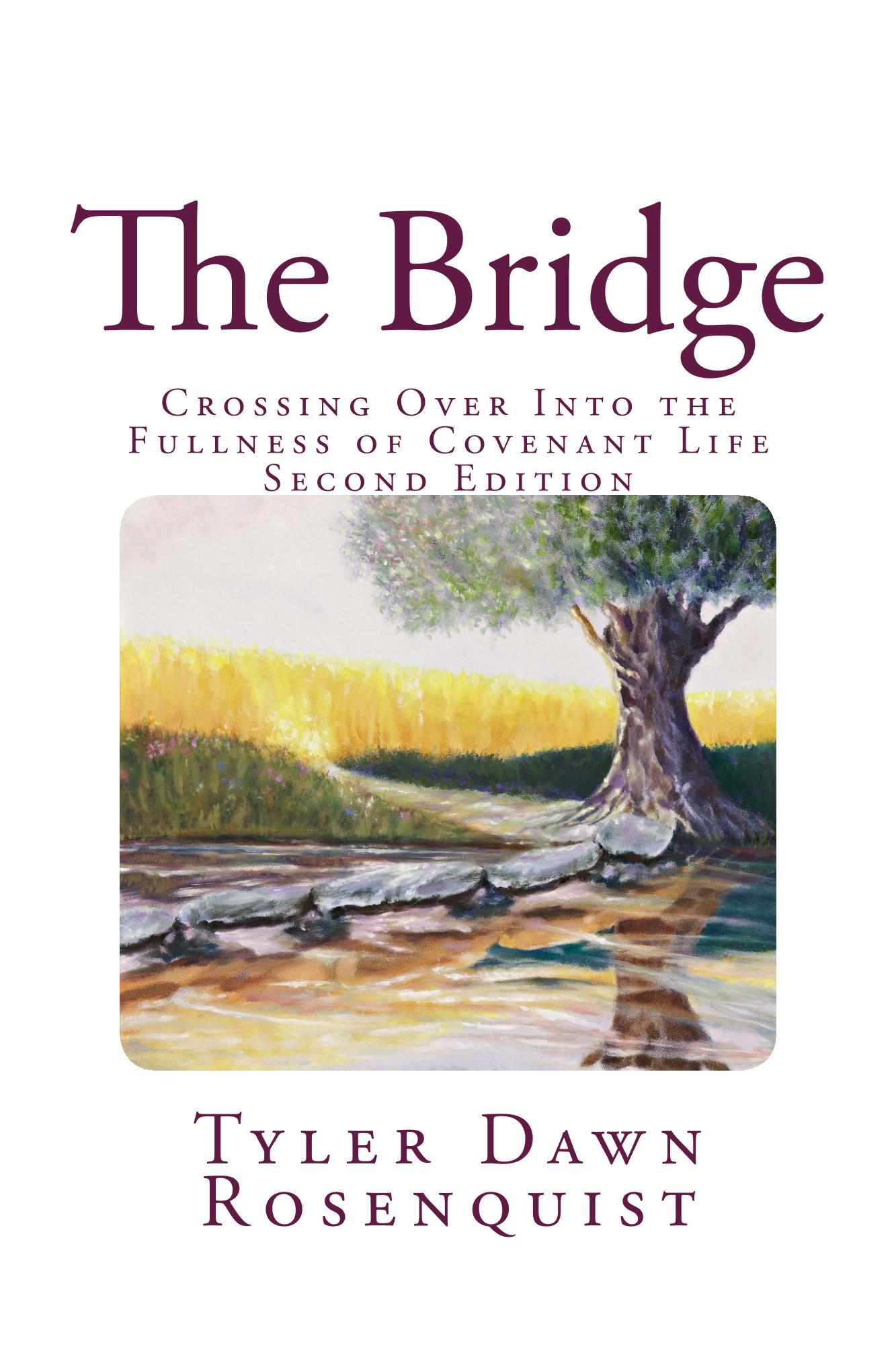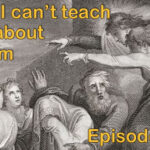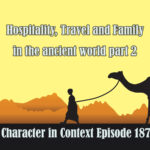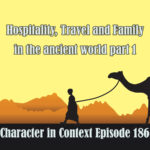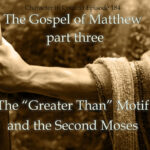I have been wanting to teach this for so long.
(My affiliate links for Amazon products are included in the post. As an Amazon Associate, I earn from qualifying purchases.)
One of the most misunderstood and definitely the most misused Bible study aid is Strong’s Concordance (affiliate link). Today we’re going to find out what the problem is, what a Concordance is and isn’t and what it should and shouldn’t be used for. Warning: this lesson will likely make you wince at a lot of YouTube sermons.
If you can’t see the podcast player, click here.
Hi, I am Tyler Dawn Rosenquist and welcome to Character in Context, where I usually teach the historical and ancient sociological context of Scripture with an eye to developing the character of the Messiah. But not right now, right now I am doing a series about how to not waste your time with bad study practices, bad resources, and just the general confusion that I faced when I started studying the Bible and was trying to figure out what to do and whose books I should read. Bottom line, I read a lot of nonsense and spent a ton of money on it. I am going to give you some basics on how to avoid a lot of the pitfalls, save money, maximize your time and effort, and get the most out of what you are doing.
Master book list can be found here and I will add to it as needed.
It’s no secret to anyone who knows me that I am not a fan of Strong’s Concordance, but it isn’t the fault of the Concordance, the fault is with the people who misuse it for things that it was never intended for. And frankly, in my experience, that’s the overwhelming majority of people. So, today I want to address what a Concordance is and isn’t, and what it is useful for and when it should be avoided. And fair warning—once you see how not to use it, it gets really cringy to hear it used in sermons and teachings. But let’s look at the preface to the Hebrew section of Strong’s Concordance (which no one ever reads before using it), first published in 1890, to see the disclaimers:
“This work (the Hebrew section), although prepared as a companion to the exhaustive concordance, to which it is specifically adapted, is here paged and printed so that it can be bound separately, in the belief that a brief and simple dictionary of the biblical Hebrew and Chaldee (Aramaic) will be useful to students and others, who do not care at all times to consult a more precise and elaborate lexicon (a lexicon is a formal book of the words of a language and their definitions, note that this is not what a concordance is); and it will be particularly serviceable to many who are unable to turn conveniently and rapidly, amid the perplexities and details of foreign characters…to the fundamental and essential points of information that they are seeking. Even scholars will find here, not only all of a strictly verbal character which they most frequently want in ordinary consultation of a lexicon, but numerous original suggestions, relations, and distinction, commonly made and clearly put, which are not unworthy of their attention, especially in the affinities of roots and the classification of meanings… The design of the volume, being purely lexical, does not include grammatical, archaeological, or exegetical details, which would have swelled its size and encumbered its plan. (in other words, there is nothing in it that can be used to accurately define or translate words in any given usage)
All that is to say that a Concordance isn’t a real dictionary and it is certainly not a real lexicon. It is a bare bones list of the root words of the Greek and Hebrew words that we find in the Bible along with a list of the words they were translated into. So, the first thing we need to talk about is “what exactly is a root word?” A root word, also called a lemma, is a base word. In English, we have the word swim—that’s a lemma. It can’t be broken down any further, okay? But we can build on that word to alter or change the meaning from noun to verb to adjective. As a sport or activity, swimming is a noun, as in “I am going swimming” or “They won the gold medal in swimming”. It can also be a verb, like, “My mom swims down at the YMCA for fun because she is a swimmer” where swims is a verb and swimmer is a noun. Or it can be an adjective where the word swim describes or modifies a noun, “I went down to the swimming pool yesterday and I wore a swim suit.” We can take the lemma or base word swim and change the meaning by altering the spelling or with suffixes (different endings) which can also change the word from singular to plural; if we do this, we get not only swim but swam, swum, swims, swimming. Related words like swimmy, swimmily, and swimmingly have entirely different meanings despite sounding very similar. But not one of these words is interchangeable with any other form. And if, not knowing the language intimately, you trade one form for another it will not be right. And in some cases it will change the meaning of the sentence entirely. How do we know which one to choose? Well, we have to understand the immediate context of the sentence—is it a “now” sort of situation or a past situation, how many people are swimming, are there “helping” or “being” words in front of it like “have, had, is, or are”? Is the word describing an action or modifying another word—as we would when we change the word pool to swimming pool or suit to swim suit? Every language is filled with words like this that we use without even thinking about it in our primary language. But when we are dealing with foreign languages—it can be a nightmare.
All that is to introduce the point that a concordance would be there to give you a listing of every time the base word “swim” shows up in the Bible. Which, surprisingly, is actually six times in the KJV—four in Hebrew and twice in the Book of Acts. I didn’t think it was going to show up at all and I was regretting having used it as an example! So, I am going to open up Strong’s Concordance here and I am going to look up swim—Okay, swim shows up in 2 Kings 6:6, Psalms 6:6, Is 25:11, and Ez 47:5. Oh, and look, there are also entries for swimmest and swimmeth, in Ezekiel 32:6 and Isaiah 25:11 which was also listed under swim. And I have to tell you that I just used the Concordance for exactly what it was made for. You know a verse has a certain word or words in it but for the life of you, you can’t remember where it is and so you look up one of the more obscure words (not the, a, man, said or something too common to whittle down) in the Concordance and voila! On page 1130, you now know all the times that a translator chose to render a Hebrew word with a word whose English root form is “swim.” So, let’s look at those verses really quick in the KJV, because that is the format Strong’s was written to support:
And the man of God said, Where fell it? And he shewed him the place. And he cut down a stick, and cast it in thither; and the iron did swim (H6687). (2 Kings 6:6)
I am weary with my groaning; all the night make I my bed to swim (H7811); I water my couch with my tears. (Psalms 6:6)
And he shall spread forth his hands in the midst of them, as he that swimmeth (H7811) spreadeth forth his hands to swim (H7811): and he shall bring down their pride together with the spoils of their hands. (Is 25:11)
I will also water with thy blood the land wherein thou swimmest (H6824), even to the mountains; and the rivers shall be full of thee. (Ez 32:6)
Afterward he measured a thousand; and it was a river that I could not pass over: for the waters were risen, waters to swim in (H7813), a river that could not be passed over. (Ez 47:5)
Now, do all of those words link back to the same Strong’s word? Absolutely not. In fact, we have four different lemmas all rendered in various forms of “swim”. These “swim” words are translational choices—usually by Tyndale because the KJV is not a true translation but a compilation and revision of what they picked and chose from earlier translations. I think like 97% of the KJV was simply lifted from other forms but it has been a while since I looked into that so that might be really wrong. Anyway, let’s look at the four lemmas, or root words, in Strongs and they are H6687, H7811, H7813, and H6824. Four of them are related to H7811, so let’s start with that one—and look in the “dictionary” in the back, which says sacha (sin, chet, hey) a primitive root; to swim; causatively to inundate: swim, to make swim. H7813 is sachu (sin, het, vav) which comes from sacha (H7811) meaning a pond (for swimming in); to swim in. H6687, (tsade, vav, peh) a primitive root; to overflow: flow, to make overflow, swim. And finally, we have H6824, tsapha (tsade, peh, hey) an inundation (as covering): swimmest. So we have four different Hebrew root words here translated in some way as “swim” but only two of them are related roots, and they can mean wildly different things. You see, for all of our words in modern English, King James English can be a highly unspecific language and they would use a single English word for a whole variety of concepts that can only be made clear through context, whereas Hebrew is far more specific. For example, in 2 Kings 6:6, they used swim whereas modern translations use the far more precise word float. The idea of an axe head doing the backstroke isn’t really a reasonable one. I mean, there are miracles and then there are miracles, right? And yet, H6687 gives a “definition” of “to overflow, to make overflow, swim”. If we try to translate using the “definition”, it doesn’t work based on our modern rules of language. Instead, those definitions give us a very limited sense of the root word as well as the word/words that the translators chose to replace it with. Big difference between definition, and translational choices. Remember that a translation is an interpretation and not simply a duplicate in another language. We need to know what it means and not just plugging in words that can mean sort of the same thing. And that is a hard thing to do.
In Psalm 6:6, we have the psalmist making his bed “swim” and that is ascheh. That’s H7811, a word related to the concept of inundation or, in modern terms, flooding. His bed isn’t swimming but being flooded with his tears. It’s idiomatic, which means that you can’t translate it word for word and have it mean what it actually means. Isaiah 25:11 uses this same root twice in the words socheh and sechot, in a far more conventional way—as the noun swimmer and the verb swim. Nothing idiomatic there, and everyone understands how a swimmer puts out his hands as he swims, right? This is standard easy usage. In Ezekiel 47:5, we see a word related to H7811 (but very different) in sachu, with the sense of water deep enough to swim in—although the dictionary says “pond”, the context is a river too deep to walk across.
Finally, we have the really difficult word and if you look at the verse in different translations, you will see how much trouble they had translating the phrase eretz saphat eka, where saphat is H6824 and it is one of those pesky words that only appears one time in Scripture. If it was a Greek word appearing once then it wouldn’t be a big problem because you can almost always find Greek words showing up in a ton of other documents that we have in ancient Greek. Whereas with ancient Hebrew, the Bible is literally all we have as there are no outside documents in ancient Hebrew. And so then all translators and interpreters can do is to look at the context of the verse and try to come up with a reasonable translation that honors what the text either is or seems to be saying. KJV gives us “I will also water with thy blood the land wherein thou swimmest (H6824), even to the mountains; and the rivers shall be full of thee” where saphat translates the words “blood…wherein thou swimmest” and the phrase eretz saphat eka translates as “thy blood the land wherein thou swimmest”. Modern translations do a lot better with renderings for the verse such as “I will drench the land with the flow of your blood, even to the mountains; the ravines will be filled with your gore.” But we can see that the sense of the word and how it is “defined” in the back of Strong’s are worlds apart. A Concordance won’t give you the information needed to decide which meaning is correct and so it cannot be used to translate a verse.
Single word replacements/translations/opinions are never the same as a true definition. For example, define the Hebrew word shema (H8085) using only one English word. You can’t. It’s impossible because it is a word that means not only to hear but also to obey, however it can also be expanded and altered to mean other things. Although it is translated as “hear” in most translations, you can see that to simply “hear” isn’t always the definition. Shalom also doesn’t simply mean peace. Adam doesn’t simply mean man but usually means all of humanity. It is the context within the verse and chapter and book which determines which of those it means. Now, the interesting thing is how various versions of the Bible have a lot of variation on when they translate ha adam as human beings, the man, or as a proper name. Not so much in the rest of the Bible but particularly in the first four chapters of Genesis. The translation choices are often agenda-driven. I really prefer the CSB, the Christian Standard Bible, which calls “Adam” simply “the man” which is a good translation for ha adam and especially as a representative for all humanity created in the image of God, but as humankind in Gen 1:26-28 where the sense is definitely plural for the creation of an image-bearing species. However, if we translate ha adam as “the man” everywhere or “humankind” everywhere, or the proper name Adam everywhere, it wouldn’t be at all appropriate and this is where Strong’s Concordance is often misused. Context is how we decide the proper translation of a word, but we also need to understand prefixes and suffixes (beginnings and endings) added onto a word, and we have to understand the cases or forms (which is a lot easier in Greek when they are simply added to the word whereas in Hebrew you need to look at the whole clause, which is a group of words that functions together as a single unit). Whether a word is accusative, genitive, or nominative is going to drastically change how the sentence should be read and understood. A Concordance won’t give you this information and so it cannot be used to translate a verse. Or any word form. It will give you swim and not swimming or swam or swum or swims.
Nominative nouns are going to be what we call the subject. “The cat has a furry tail”. Cat is the subject and so it is nominative. How about “Mark’s cat has a fury tail”? Cat is still the subject and a nominative noun but now we have “Mark’s” which is genitive because although Mark is also a noun, the word is describing ownership of the cat. We see the accusative form in this sentence as well because the cat has a tail and tail is not the subject or about ownership—it is the direct object of the sentence. Depending on the language we are dealing with, you can only figure out which is which because of word order or how a root word is changed at the beginning or ending. A concordance will not give you this information and so it cannot be used to translate a verse.
And honestly, that is just the stuff that I can think of off hand and explain easily. Languages are not my thing despite having tried off and on for twenty years to become more educated in them. It got so bad and I was spending so much time in prayer and study that God finally sent me a dream telling me to pretty much cut it out and to focus on what I am gifted in. So I depend on scholars to tell me about word meanings in specific cases—keeps me humble for sure because it frustrates me to be unable to master this. But it was the same way with French and German. Our brains are all quite different. And sometimes when I talk about this stuff, people get angry because they think I am accusing them of being unable to understand the Bible unless they know original languages. And that is mostly untrue. It is true that without a certain level of fluency and/or expertise, one cannot translate a verse. It is just as impossible to translate Greek and Hebrew without an intimate knowledge of those languages as it would be to translate a Russian sentence with a Russian to English dictionary. Like a concordance, that’s not what those dictionaries are made for. They are “better than nothing” but you couldn’t carry on a conversation with one. Same with Google translate which can make some hilarious errors. However, the Bible, even as a translation and an interpretation, can be understood in terms of the overall message and how it teaches us about God, His character, and how we must live if we are going to be faithful image-bearers. Anyone can open up the Bible and see that we are to love one another in self-sacrificial ways and that He wants us to be different from the culture around us as far as our standards of behavior go. So no, no one needs Greek, Hebrew or Aramaic for that.
But if you want to really understand it as it was written, then yes, there is no bypassing having to become fully literate in the Biblical languages. Not modern Greek and modern Hebrew but Biblical Greek and Biblical Hebrew because they are different. Just like the language of Chaucer or the KJV is not modern English—not by a long shot. And I think it is important here to talk about James Strong, who compiled Strong’s Concordance. First of all, he didn’t exactly write it. He was not a linguist but leaned on the knowledge of about a hundred contributors. He didn’t have a doctorate, a PhD, but had a DD, a Doctor of Divinity which is an honorary degree here in the United States. He was also given an honorary Doctor of Laws degree in Theology. He was a professor, but he wasn’t what we would call a degreed scholar. Times were very different. However, he was a dedicated student of the Bible. But what he did was to compile a list giving each and every Hebrew and Greek root word a number. In turn, there was an alphabetical listing of every KJV English word, by chapter and verse, followed by the numbered Hebrew, Greek or Aramaic root word. I want you to think about what you do when you go into a search engine like BibleGateway—and you type in a word like righteous and get 510 results for where it shows up in the entire Bible and it will give you the actual verses. But what BibleGateway won’t give you is the original language word (neither will a Concordance) or the root word (which a Concordance will). What you would need, if you didn’t have a concordance, is a good interlinear, which shows you exactly what full form original Greek or Hebrew word was being replaced plus the Strong’s numbered root word, or lemma. This is why I love my Logos software, because you can get all of that in their interlinear functions. But the interlinear with the definitions still doesn’t give me the knowledge I would need to translate Scripture—it will only tell me what the translators decided to go with.
Strong’s Concordance is a terrific tool, and especially for the folks who lived in pre-internet times. Oh my gosh, just imagine trying to find a verse when you aren’t even sure which book it is in! But it was never supposed to make up for a lack of knowledge of biblical languages–only a helper to find verses and roots. If you look up the word “man” in the concordance, you might just faint. I wasn’t even going to count how many times it showed up, but I did make a list of each and every Hebrew word translated as man. There are twenty-five, plus three Aramaic words that we find in Daniel. Twenty-eight different words completely replaced with only one English word. Imagine, instead of reading the Bible in English, where we would assume that man is always ‘adam, only to find out that it could also be ish, enosh, ben, ba’al, geber, zeker, chakam, chasid, yeled, mut, ebed, ‘elem, and that isn’t even all of them but most of these words describe not just a man but a specific type of man. Strong’s will tell you which root is behind the specific word in the verse in question. So, you can see how important that is and why it is useful if used correctly. But there are other types of resources that you would use if you really wanted to understand a word.
(Note: affiliate links below)
Now, if you really want to start digging into what words mean in context and the reasoning behind translational choices, there is this book series called the Word Study Series and it has Dictionaries and Word Study guides and the thing about the OT and NT Complete Word Study guides is that they point out what words go together, which words aren’t actually represented in the original language but are implied, nouns (what kinds of nouns), verbs, prepositions, pronouns, all that jazz, linked up to the Strong’s numbers. And these are really useful—I will provide links in the transcript and in the overall book recommendation list. Because they were published in the 1990’s, you can find really cheap used hardbacks out there as well, which is nice. Another option is the TDNT and TDOT, the Theological Dictionaries of the OT and NT. With the NT version, for example, it will tell you where Greek words show up and how they are specifically used in secular Greek writing, in the Septuagint and in the extra-Biblical Hellenistic era Jewish writings. There is also the BDB, the Brown-Driver-Briggs Lexicon, which is more of a formal dictionary. And finally HALOT, the Hebrew/Aramaic Lexicon of the Old Testament, which defines words based on the contextual usage in the specific verses (note: the link is to the concise volume, unless you are independently wealthy, I suggest not even looking for the unabridged form. If you must have these more expensive resources, I suggest investing in Logos software). But even all these don’t allow anyone to translate the Bible—for that you still need linguistic training. Just like you would for any other language that you didn’t grow up speaking. It’s important to recognize our level of education and to be very open, honest and humble about our limitations. If only the folks on YouTube would admit it we would all be better off!
